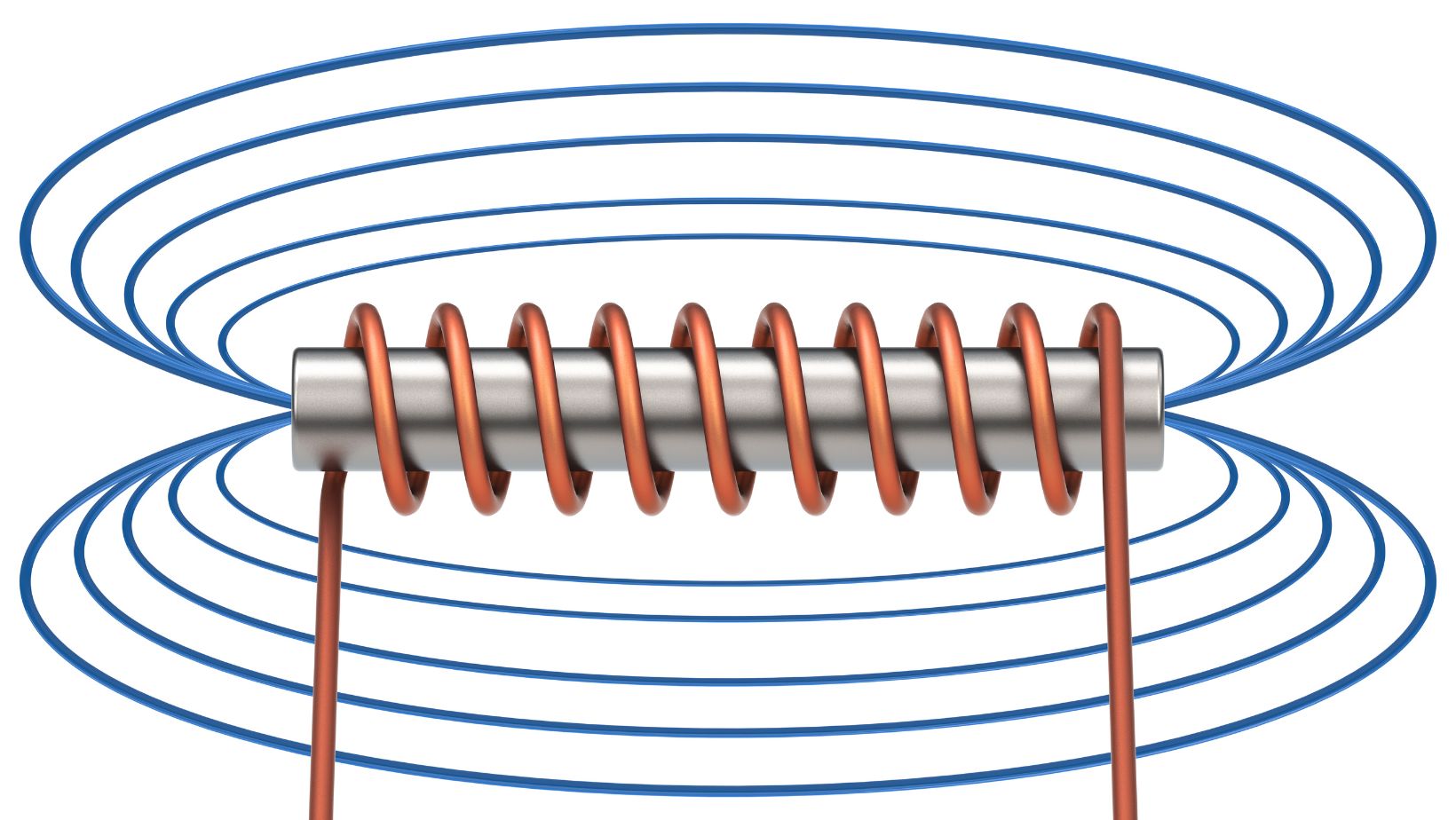
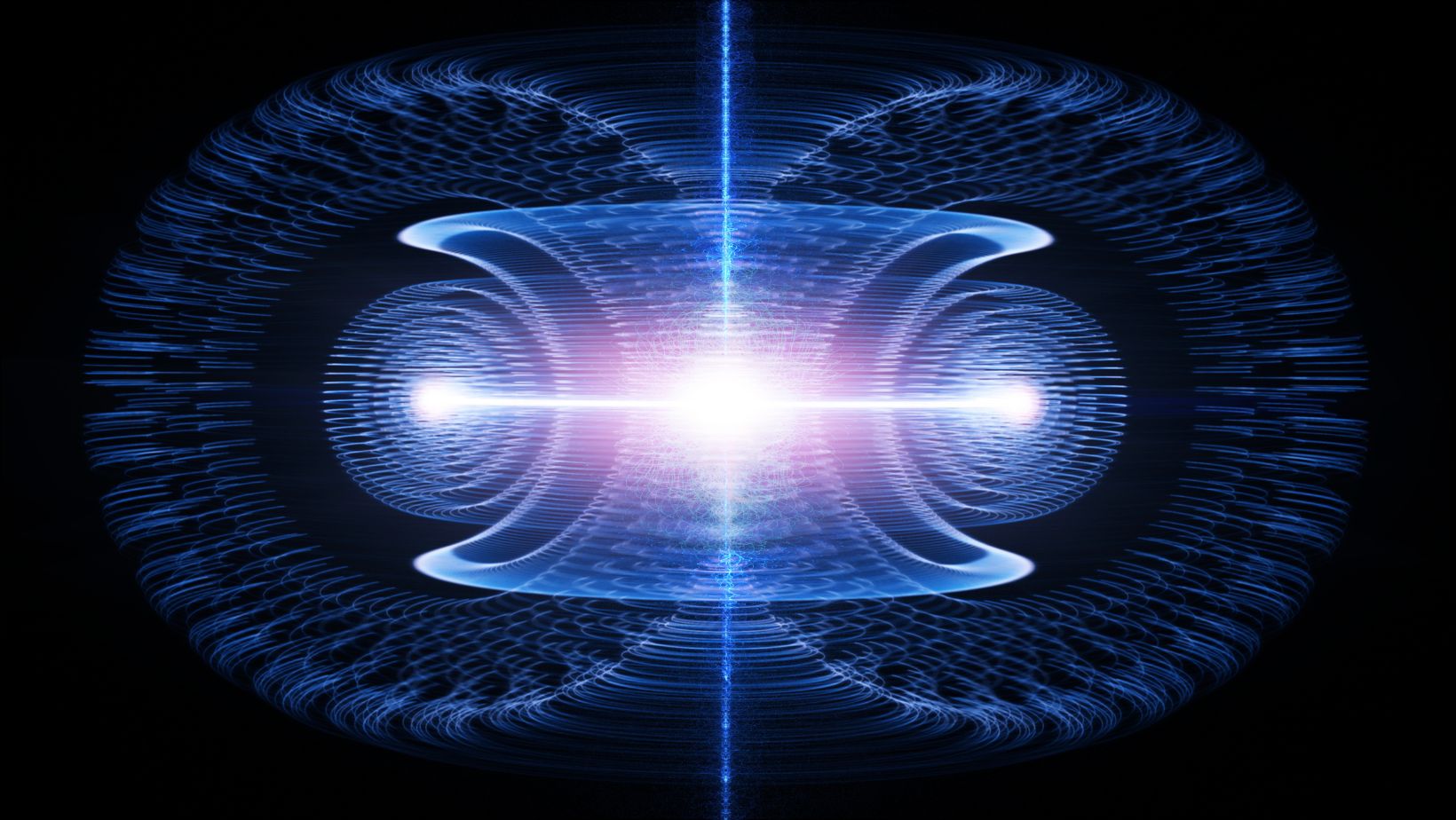
Peralatan Berikut Yang Menggunakan Sifat Induksi Elektromagnetik Adalah

Household Appliances:
- Induction Cooktops: These innovative kitchen appliances use electromagnetic induction to heat pots and pans directly, ensuring efficient cooking by transferring energy directly to the cookware.
- Wireless Chargers: Popular in today’s tech-savvy world, wireless chargers utilize electromagnetic induction to transfer power wirelessly to compatible devices such as smartphones.
 Industrial Equipment:
Industrial Equipment:
- Induction Furnaces: Widely used in metalworking industries, these furnaces employ electromagnetic induction for melting metals by generating eddy currents within the material.
- Eddy Current Brakes: Found in trains and roller coasters, these brakes rely on electromagnetic induction to create resistance and slow down moving vehicles safely.
Automotive Applications:
- Electric Vehicles (EVs): EVs make use of regenerative braking systems based on electromagnetic induction to convert kinetic energy into electrical energy when decelerating.
- Ignition Systems: Some modern vehicles feature ignition coils that leverage electromagnetic induction to produce high-voltage pulses for sparking spark plugs.
Exploring how peralatan berikut yang menggunakan sifat induksi elektromagnetik adalah not only sheds light on their functionality but also highlights the versatility and importance of this fundamental physical phenomenon across various sectors.
Overview of Electromagnetic Induction
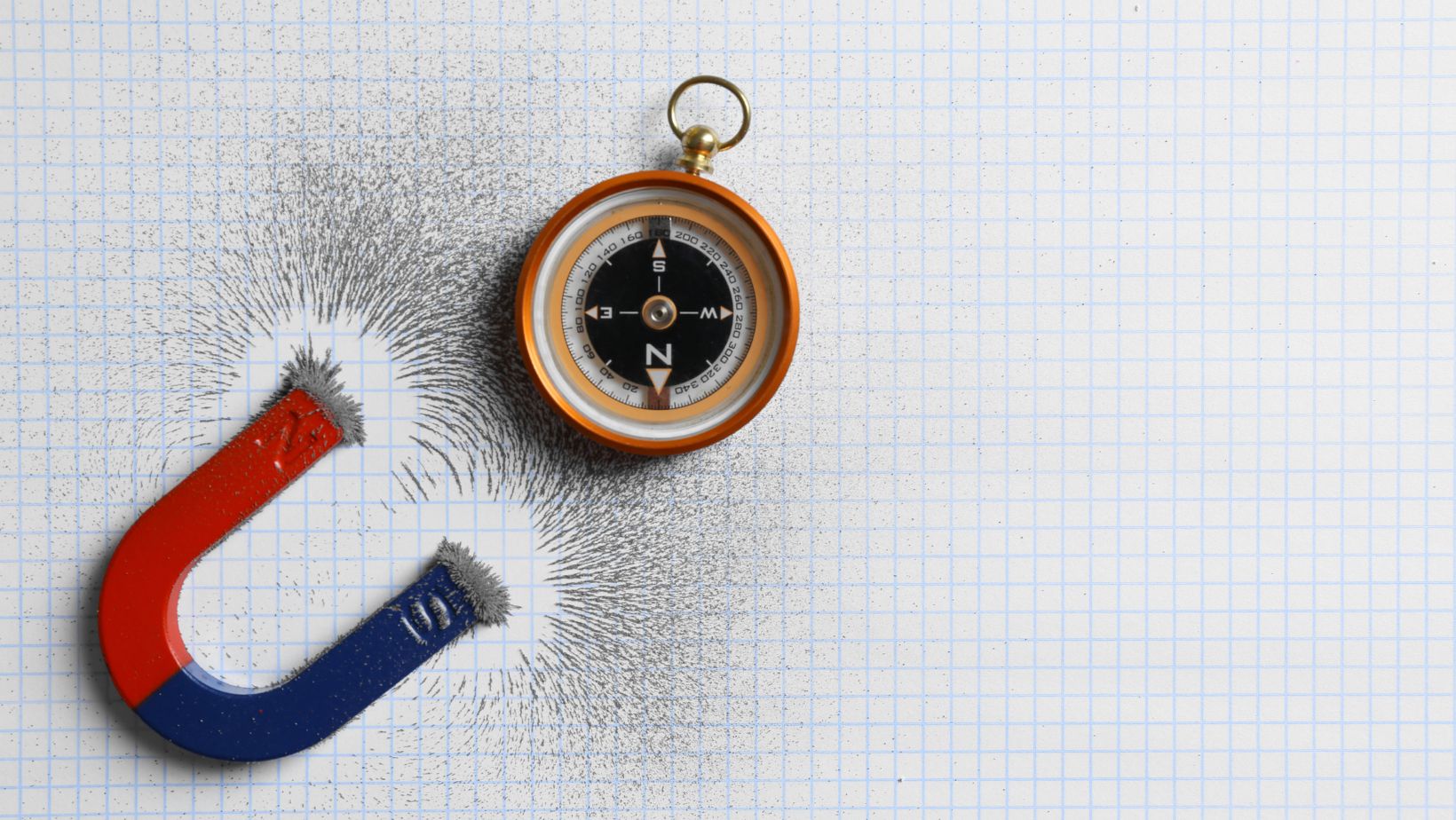
History of Electromagnetic Induction
 Early Discoveries in Electromagnetic Induction
Early Discoveries in Electromagnetic Induction
The history of electromagnetic induction dates back to the early 19th century when scientists began unraveling the mysteries of electromagnetism. One crucial discovery was made by Hans Christian Oersted in 1820 when he observed that an electric current flowing through a wire caused a nearby magnetic needle to deflect. This groundbreaking observation paved the way for further research into the relationship between electricity and magnetism.
Another significant milestone occurred in 1831 when Michael Faraday conducted experiments that led to the formulation of Faraday’s Law of Electromagnetic Induction. He demonstrated that a changing magnetic field could induce an electric current in a conductor, laying the foundation for modern electrical technologies. Faraday’s experiments with coils and magnets were instrumental in shaping our understanding of how electromagnetic induction works.
Contributions of Key Scientists
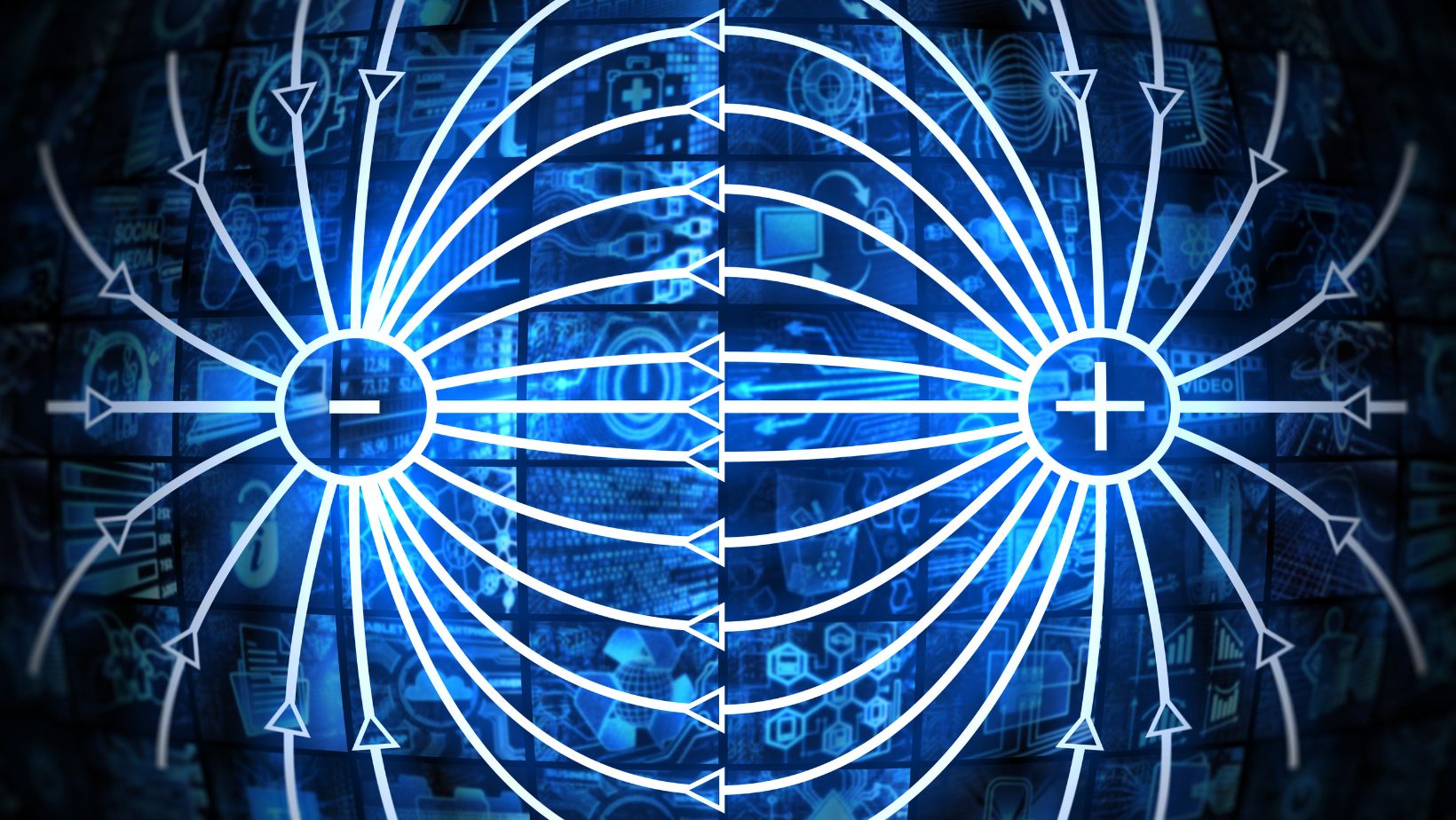
By exploring the historical developments surrounding electromagnetic induction, we gain insight into how fundamental scientific inquiries have led to transformative technological innovations. The collaborative efforts of pioneering scientists have propelled society into an era where peralatan berikut yang menggunakan sifat induksi elektromagnetik adalah integral components of everyday life, underscoring the profound influence of this field on our modern world.Remember: peralatan berikut yang menggunakan sifat induksi elektromagnetik adalah translates to “the following equipment that uses electromagnetic induction properties are”
Applications of Electromagnetic Induction
 Electrical Transformers
Electrical Transformers
Electrical transformers are crucial devices that utilize electromagnetic induction to transfer electrical energy between circuits. These devices play a fundamental role in power distribution systems, allowing voltage levels to be efficiently adjusted for transmission over long distances. For example, high-voltage power lines use transformers to step up the voltage for decreased energy loss during transmission and step it back down for safe use in homes and businesses.
Eddy Current Brakes
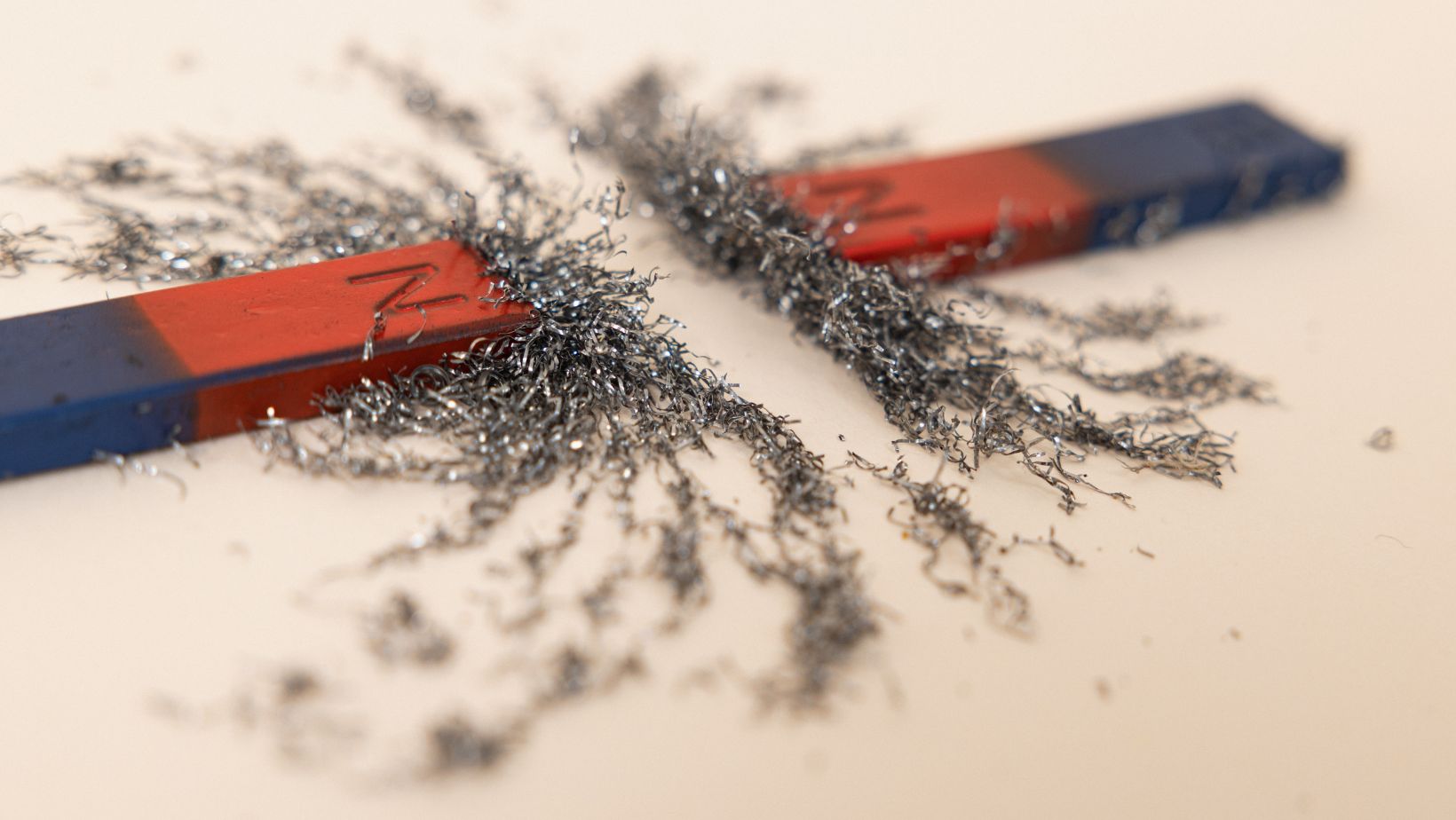
Importance of Understanding Electromagnetic Induction


 Industrial Equipment:
Industrial Equipment: Early Discoveries in Electromagnetic Induction
Early Discoveries in Electromagnetic Induction Electrical Transformers
Electrical Transformers
